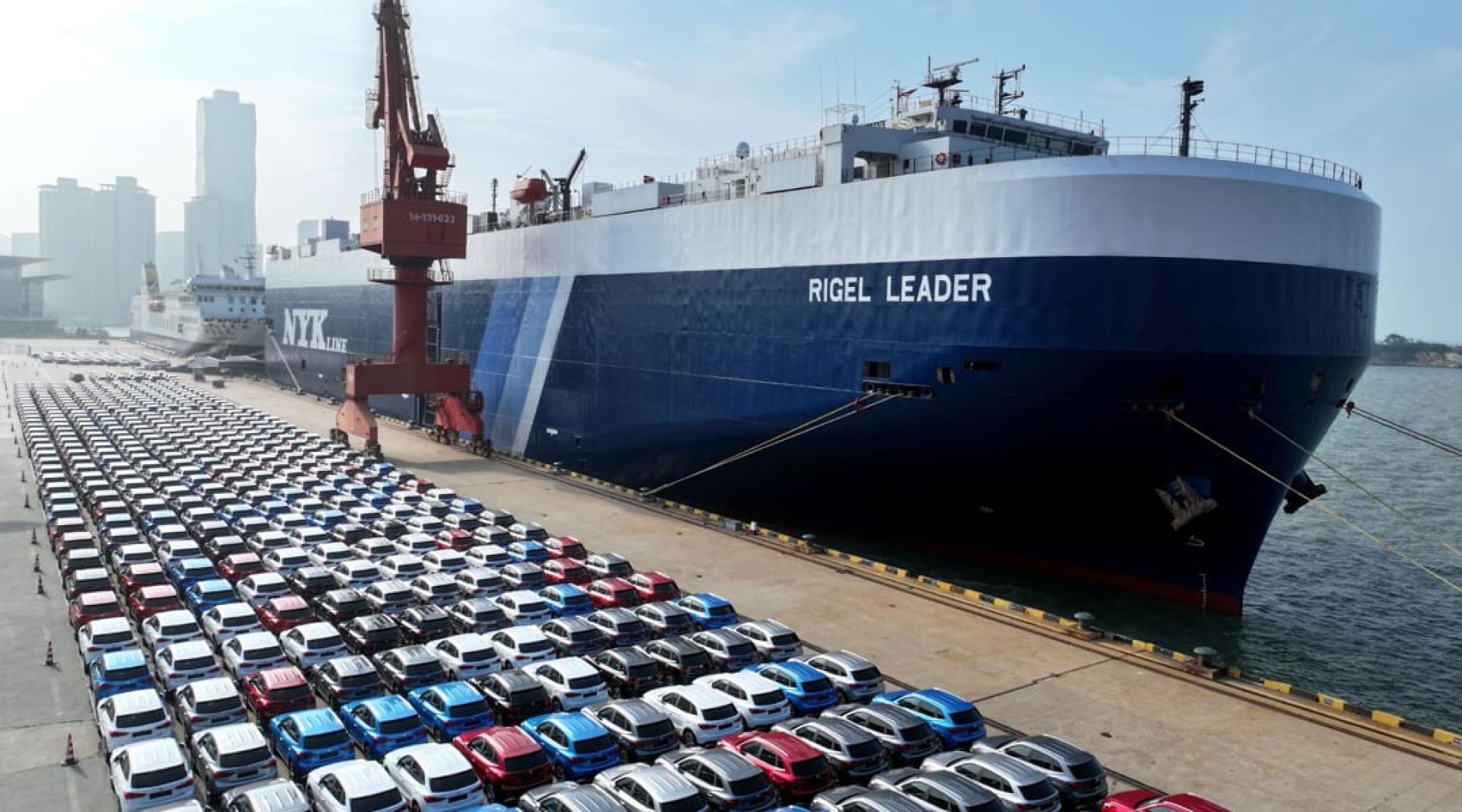Amid the global tariff storm initiated by US President Trump, China's exports and investments are accelerating their pivot toward the "Global South" to reduce reliance on the US. According to data, China's current exports to developing countries reach about $1.6 trillion (about 6.76 trillion ringgit), which is more than 50% higher than its combined exports to the US and Western Europe.
The South China Morning Post reports, citing the latest report, that China is speeding up its shift toward the Global South to reduce reliance on the US, which could create a "new global trade order."
On the 19th, S&P analysts pointed out that since 2015, China's exports to the Global South—which covers most developing countries—have doubled, with the growth rate becoming especially significant after the China-US trade war erupted during President Trump's first term.
The report states that in the past five years, China's exports to the Global South have grown by 65%, a pace three times faster than the previous five-year period. In contrast, over the past decade, China's exports to the US and Western Europe have grown by only 28% and 58%, respectively. China's current exports to the Global South are about $1.6 trillion, far higher than the combined $1 trillion it exports to the US and Western Europe.
S&P analysts believe that, amid the high degree of uncertainty brought by US tariffs and the slowdown in the Chinese economy, Chinese companies will continue to advance into the Global South; the result could be the emergence of a new global business order, with "South-South trade" (trade among Global South countries) becoming the new focus, and Chinese multinational enterprises emerging as new key players.
At the same time, Chinese companies are also ramping up investment in developing regions, especially in manufacturing. Inflows to the four major Southeast Asian trading partners—Indonesia, Malaysia, Thailand, and Vietnam—have increased fourfold over the past decade, reaching an annual average of $8.8 billion.
